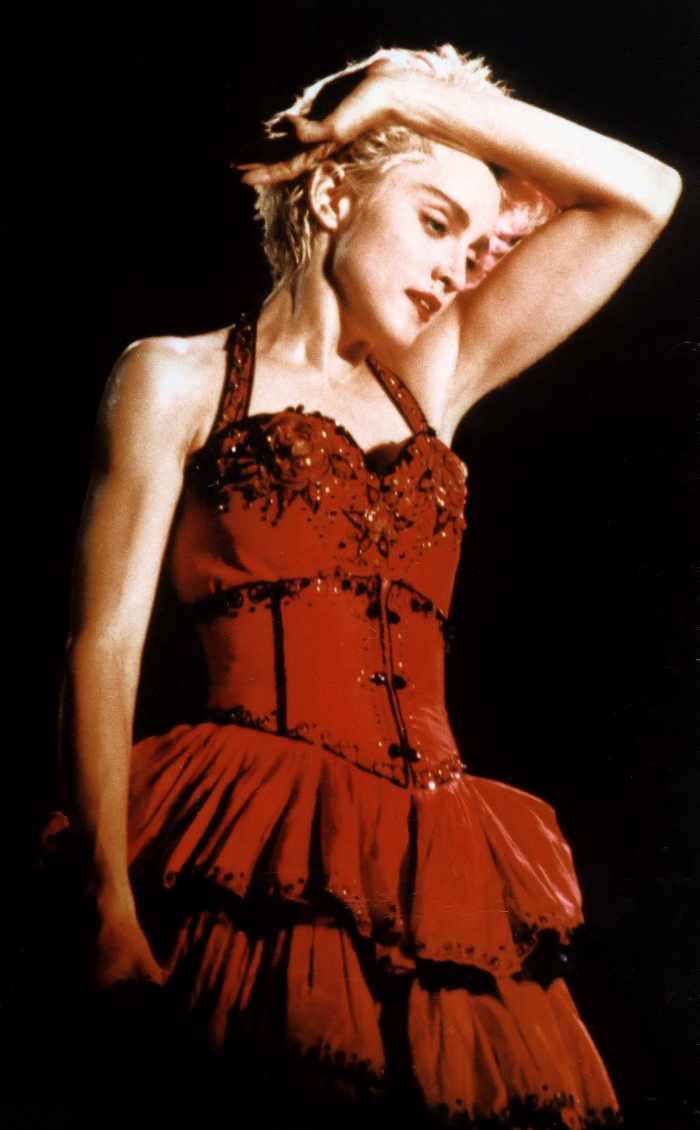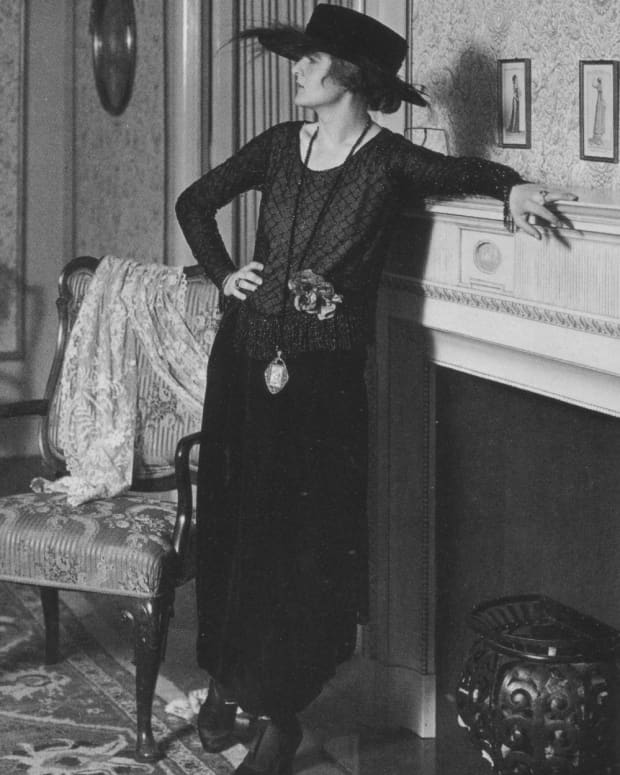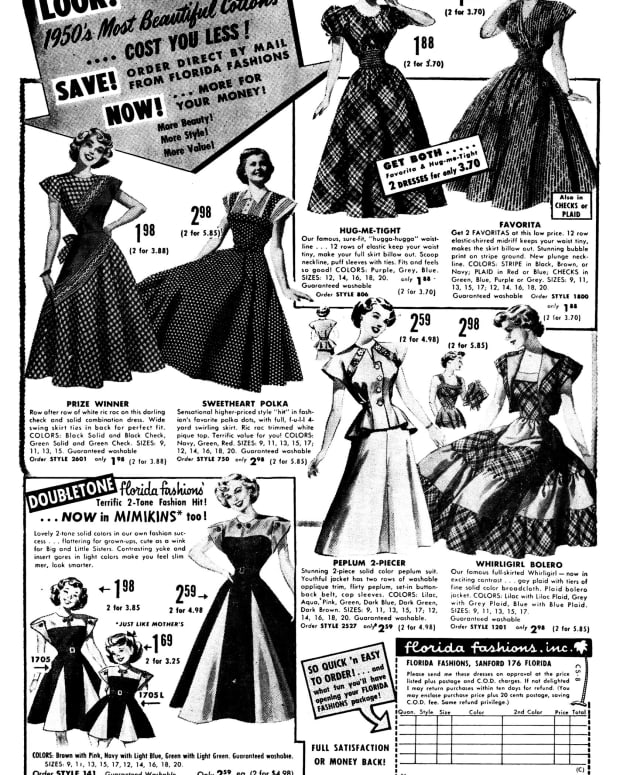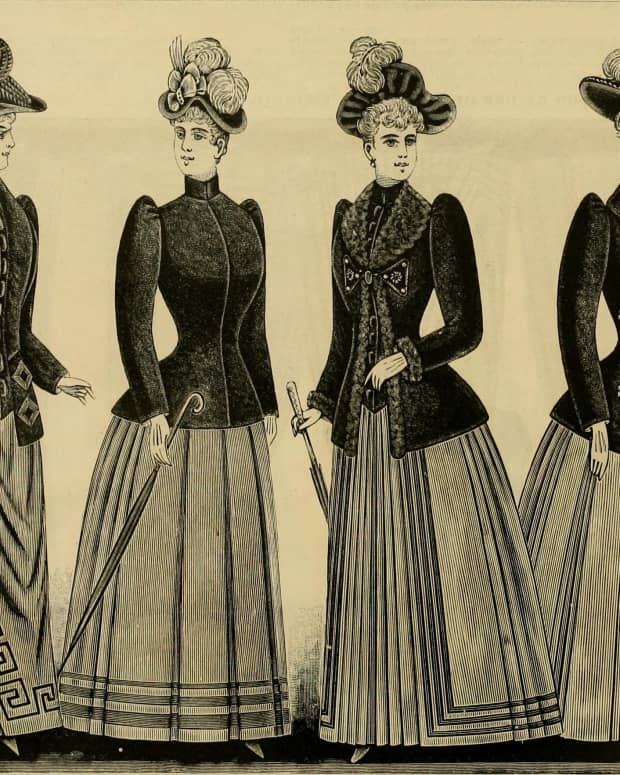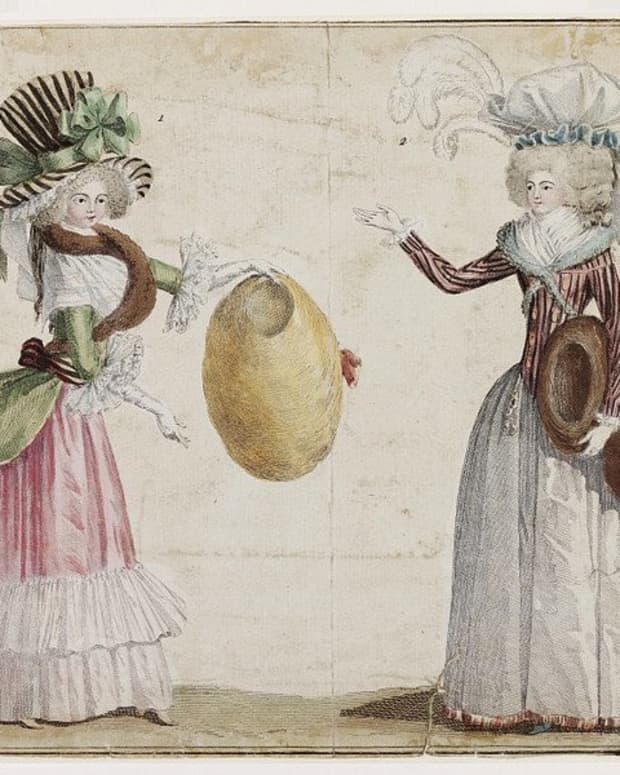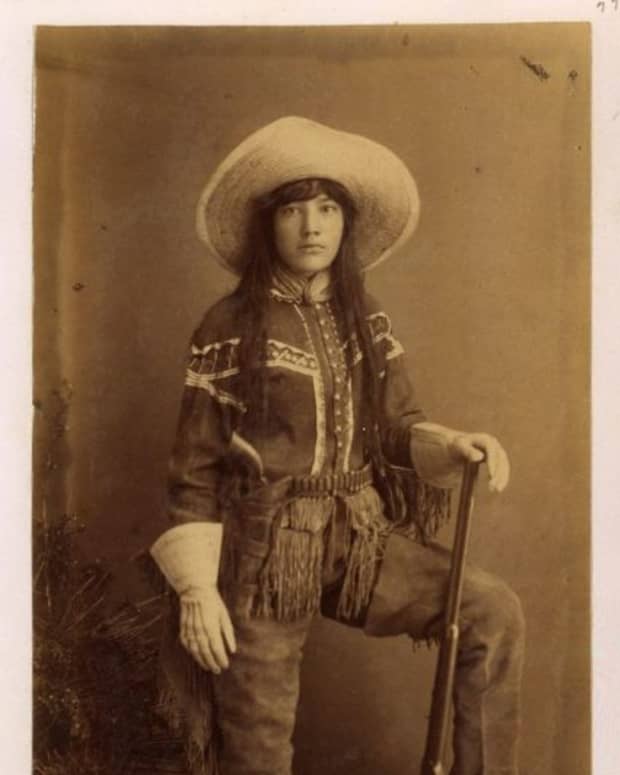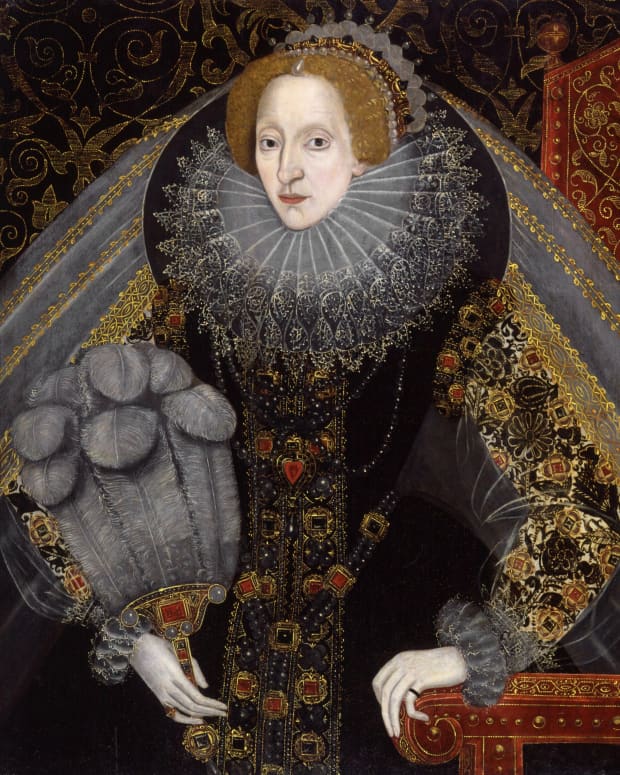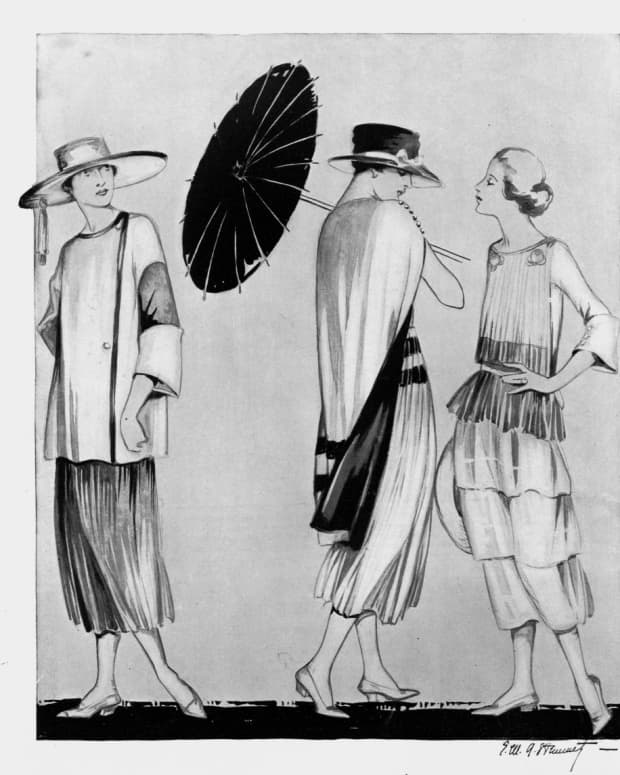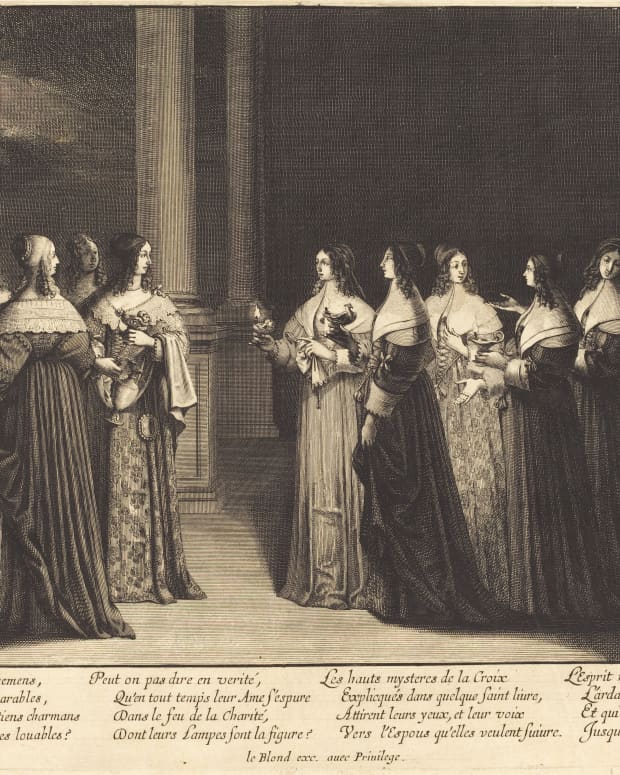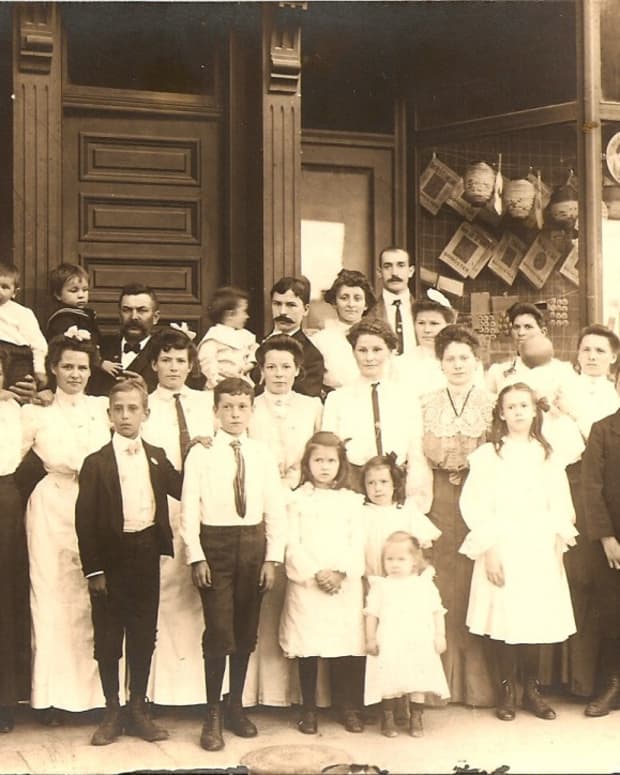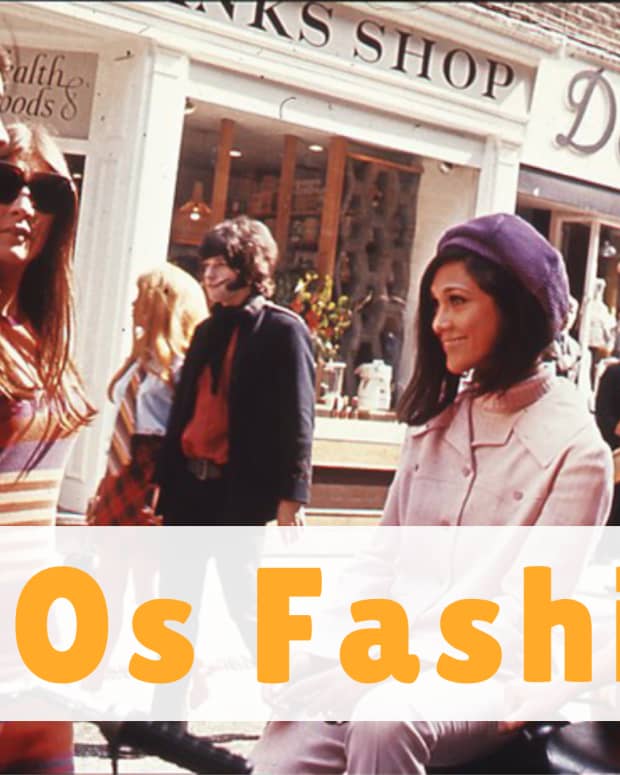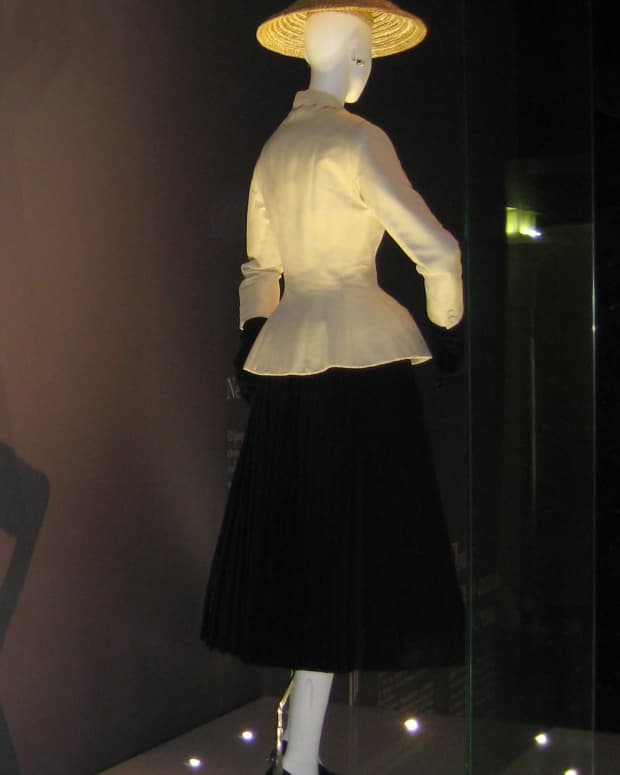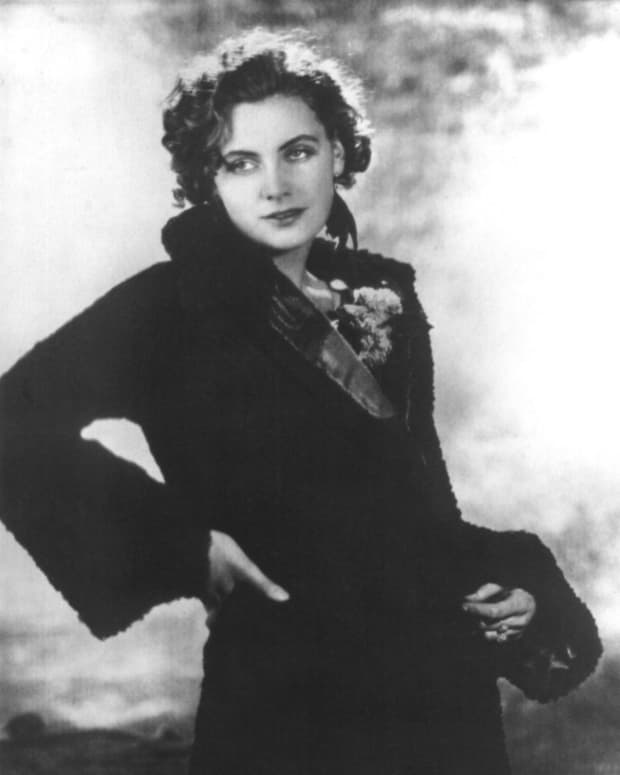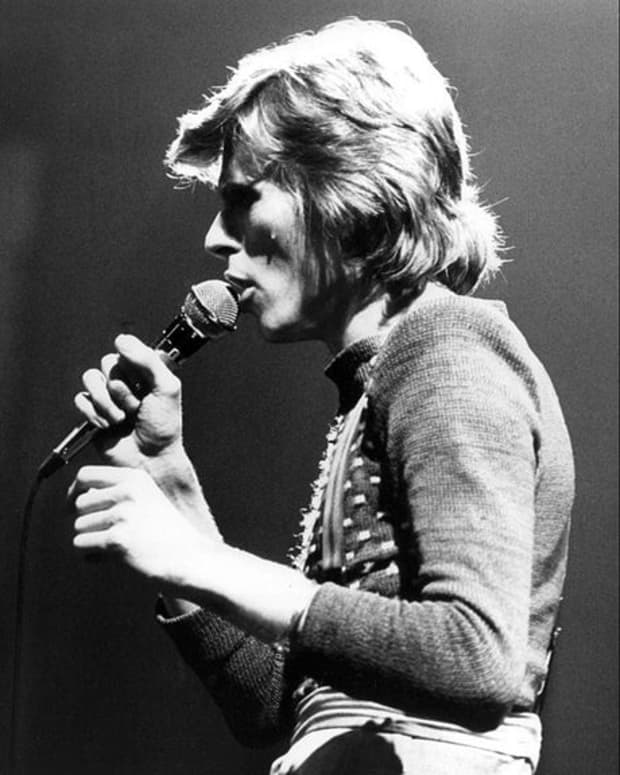Women's Fashions of the 1980s
Dolores's interest in fashion history dates from her teenage years when vintage apparel was widely available in thrift stores.
Hallmarks of '80s Fashion
Women's fashions of the 1980s juxtaposed glamour with casual. Gym clothes became streetwear, and design trends were influenced by the underclass. Exaggerated hairstyles, puffy sleeves, ruffles, jewel tones, and padded shoulders mixed with new style concepts created a wild mix of costumes.
After the elite lost their hold on fashion in the 1960s and 1970s, the arrival of Ronald Reagan in the United States and Princess Diana in Great Britain heralded a new influence of the upper crust.
Popular TV shows like Dallas, Dynasty, and Miami Vice showcased luxurious lifestyles of the rich. People started flocking to indoor malls as shopping, in and of itself, became entertainment. The music culture of the South Bronx encouraged inhabitants of poverty-stricken areas to wear designer labels with large, prominent logos.
At the same time, streetwear of the lower-class counter cultures continued to influence punk style. Ragged, torn, mismatched garments fastened with out-sized zippers and safety pins edged onto the runway. Couture designers started creating garments for royalty as well as rock stars. Exercise clothes became regular daywear, and professional women paired business suits with sneakers.
Into the mix, throw avant-garde unstructured garments and graffiti-print dresses, and you have the wildly diverse look of the 1980s.
Popular Styles of the '80s
The following fashion and cultural styles were either born or became mainstream in the '80s. Some have withstood the test of time and are still seen today.
- Punk
- Goth
- New Romantics or New Wave
- Preppy and Yuppie
- Sportswear Inspired
Transition From the 1970s to 1980s
As the decade unfolded, people who were sick of the 1970s austerity welcomed the concept of wealth and success. Though tough in some quarters, like having 12% interest mortgages, others scooped up big bucks on the high-interest rates. The glorification of financial success brought us the power suit and evening elegance.
The archetype of financial success, the professional businesswoman, wore suits with enormous shoulder pads tapering down to slim short skirts. While the '80s saw the dawn of women wearing all black, women's suits of the mid-decade featured vivid, jewel tones often paired in unusual color combinations.
Blouses came in men's tailored styles with large collars or with stand up collars edged in tiny ruffles ala a Gibson Girl. Scalloped collars called pie crust collars moved from the New Romantic club scene to the mainstream population thanks to Princess Diana.
Boldly printed tunic tops paired with tight, stretch, stirrup pants and short, slouchy boots. On the other hand, parachute and harem pants featured tight waistbands and large, billowing legs caught at the ankle with elastic or banded cuffs.
Evening wear vamped up a luxurious femininity with dresses and gowns festooned with sequins and spangles. The pouf dress fit tightly at the top but ballooned at the hip. Mini crinolines offered short versions of a 1950s hourglass figure.



Styles Blend Across Socio-Economic Classes
Due to the austerity caused by an economic downturn in the 1970s, haute couture lost some of its influence. In order to increase revenue, fashion houses created new forms of income.
American and European designers created styles for the ready-to-wear market through franchised boutiques and licensing agreements for perfumes, jewelry, handbags, clothing, and home linens. One no longer had to be uber-rich to afford Versace, Prada, or Dolce and Gabbana. Fashion shows displayed wild, over the top outfits as art statements, and offered diluted versions for public consumption.
Youth culture streetwear increased the style influence from the bottom up. The high end looked to urban youth for inspiration creating a concept of style tribes.
The Hip Hop movement, which emerged from New York's South Bronx, created a sense of ghetto fabulousness as young African American people flocked to purchase designer jeans, sneakers, oversized gold jewelry, and clothing that featured large designer logos.
Women wore Gloria Vanderbilt dark denim jeans, midriff tops, and mini skirts. Braids, hair weaves, and fake fingernails became popular. The Hip Hop movement brought us the concept of tracksuits as streetwear, oversized clothing, and baseball caps worn backwards.
Read More From Bellatory

Lolita-style punk at the Victoria and Albert Museum, London.
Photo by Rwendland on wikimedia commons; CCA
Punk Style
The punk movement of the 1970s continued its influence on fashion. A style of urban poor, white people soon appeared at fashion shows. The mismatched, unkempt look of ripped pants and ragged shirts, and the bold look of bondage attire (think dog collars, leather straps, and chains) found a place on the runway. Safety pins, oversized zippers, and graffiti prints appeared on dresses worn by the middle class.
The punk style for women included combat boots worn with skirts, fingerless gloves, fishnet stockings, black lace, and unnaturally colored hair. Hair cuts often featured partially shaved areas and an asymmetrical look. Multiple piercings allowed women to wear several pairs of earrings.
Goths or Gothic Style
Styles tribes often blend at the edges with other influences. Elements of punk colored a more elaborate style called goth, short for Gothic. Goths wore black clothing with a vampire-like tone. Female goths wore long dresses trimmed in black lace, long cloaks, and long coats. Heavily made-up faces with black lipstick were framed by black dyed hair. Pale face makeup was accentuated with heavy eyeliner. Young women also painted their fingernails black. The goth aesthetic from the '80s continues today, with the style mostly remaining unchanged.
New Romantics Also Known as New Wave
The New Romantics drew influence from Goths, punks, the '80s penchant for pouf, as well as from historic styles. Also called New Wave, the exaggerated styled recalled Victorian military dress jackets, fantasy pirates, and other influences from around the world.
Exaggerated or asymmetrical hairstyles framed pale faces with odd makeup like bright slashes of rouge.
Within this look, one could mix and match elements of 1930s Hollywood, Scottish tartans, and Regency historic. The New Romantics made dressing up fun again while combining dramatic flair with a sense of humor and fantasy.
Preppy and Yuppie Style
As a counterbalance to the sometimes extravagant look of new artistic street fashions, a more conservative style became popular. Preppies based their look on prep school uniforms with oxford shirts, La Coste polo shirts, chino pants, and sweaters worn around the shoulders. Women's hair hung long and straight, often worn with hair clips or headbands, and their faces featured very little or natural makeup.
Yuppies, young urban professionals or grown-up preppies, wore conservative, tailored suits and business attire. Ralph Lauren offered these traditional styles along with garments that hinted at America's pastoral past.
Sportswear Inspired Daywear
Thanks to the exercise and aerobics movements of the '80s, as well as Hip Hop culture and the much-loved film Dirty Dancing, garments formerly seen only at the gym edged into the street. Leg warmers, once worn only by dancers, became common and came in plain colors or stripes.
Tracksuits with zippered jackets became the iconic uniform of stay-at-home mothers, a style that extended far beyond the decade. The outfits later appeared in velvet and in feminine pastels.
The shell suit was made in swishy, bright-colored nylon with elastic cuffed loose, matching pants. Sweatshirts and pants became, sadly, common streetwear. US designer Norma Kamali incorporated sweatsuit knits into her designs for skirts, dresses, and jackets.
Baseball caps became the predominant form of headgear. Young women used the opening at the back of the caps to sprout ponytails.
Team logo shirts were worn by males and females alike. T-shirts with surf brand logos were worn by people who never saw the ocean. Sneakers and running shoes grew in popularity. The New York transit strike in 1980 forced women to walk to work. In order to walk long distances in comfort, women began to wear sneakers with their business attire, carrying dress shoes in bags. The strike ended but the style remained.
Vans, flat slip-on type sneakers worn by the skateboard crowd, became popular as well.
Style Icons of the 1980s
Princess Diana
When Lady Diana Spencer married Charles, the Prince of Wales in 1981, people embraced her with a frenzy. After the British royalty had become inconsequential in the world of fashion, suddenly there was a new royal princess with the stature of a model. As a member of a group of young women called the "Sloane Rangers," Princess Di came prepared to influence style wearing Hermes scarves, Liberty prints, and low heeled shoes.
She appeared at public functions in clothing created by British designers and became an effective marketing tool for British couture. She created a style that mixed elements of the New Romantic club scene with a traditional, British country look. Her sweetness, grace, and affinity to promote causes influenced young women worldwide.
Michael Jackson
The King of Pop, offered an androgynous look for young men and women alike. Tight pants worn with loafers and white shirts hinted at a preppy style, while his bright red jacket with its large zippers hinted at New Wave.
Vivienne Westwood
Vivienne Westwood was a British fashion designer who drew inspiration from Punk, Goth, and New Romantic groups while influencing them as well. Her Pirate collection of 1981–82 offered puffy shirts with large collars and 18th-century style military jackets. Her Buffalo Girls collection of 1982–83 drew on Peruvian traditional patterns colored in shades of brown. Her designs brought a theatrical edge to fashion, opening the doors to more avant-garde styles.
Madonna
Pop singer Madonna influenced fashion with her dramatic performance wear showcased in the movie Desperately Seeking Susan. Wearing multiple ropes of long beads, black lace gloves, and mesh knit tops, Madonna gave us underwear worn as outerwear with her obvious bras and corsets. Capitalizing on her stardom, Madonna licensed her own brand of clothing and accessories.
John Galliano
John Galliano erupted onto the scene when he created his own label in 1984. An icon of the New Romantic movement, Galliano offered theatrical, avant-garde clothing melding historic themes with contemporary design. His bias cut dresses and skirts offered a soft, flowing grace. His fantastical and dramatic designs offered a kind of campy romance and earned him British Designer of the Year in 1987.


Japanese Designers
When Rey Kawabuko's war-painted models marched down the runway in Paris in 1981, the style-conscious took note. Her "Destroy" collection introduced outfits that were as comfortable as they were outlandish. The stark, modernist collection featured a monochromatic blend of black, charcoal, and gray. The unusual cuts thrilled some and horrified others.
Japanese designers like Issey Miyake and Kenzo Takada offered unstructured garments that hung loose on the body and incorporated an asymmetrical look. Kansai Yamamoto created costumes for David Bowie's Ziggy Stardust.
The oversized garments featured little in the way of detail or embellishments and quickly caught on bringing an air of the avant-garde into mainstream fashion.
Hair, Makeup, and Accessories
- Hairstyles: After the simple, toned down hair and makeup of the previous decade, '80s styles became more flamboyant. By mid-decade, women's hair grew large. The preferred style included masses of waves, curls, and volume. Perms puffed out straight hair. Women wore hair clips to contain their hairdos. Sweatbands were worn horizontally across the forehead for exercise or physical activity. Preppies wore their headbands on top of the head. Scrunchies were fabric-covered elastic bands used to pull outsized hairdos away from the face.
- Makeup: Pale complexions replaced tans on Caucasian women, a look taken to extremes by goths. The subdued eye makeup of the '70s gave way to more pronounced eyeliner, mascara, and eye shadow. More colorful, deeper toned lipstick was often highlighted by lipliner.
- Nails: Nail polish came in a rich variety of colors with the younger set sometimes painting a different color on each nail. The black polish favored by goths and punks worked its way into the mainstream.
- Accessories: Scarves and shawls were draped over jackets and coats as a favorite fashion accessory.
- Jewelry: Rows of earrings lined each ear in another instance of punk styles going mainstream. Multiple layers of necklaces of mixed beads and charms were popular. Girls often wore their own names engraved on a metal plate hung on a chain. Pendants featuring designer logos were also a fashion trend of the time.
- Glasses: Eyeglasses and sunglasses featured huge lenses.
Further Reading
Back to Our Future: How the 1980s Explain the World We Live in Now by David Sirota, Ballentine Books, New York, NY 2011.
Survey of Historic Costume by Phyllis G. Tortora and Keith Eubank;Fairchild Publications, Inc.; New York, NY; 2005
Costume and Fashion a Concise History by James Laver; Thames and Hudson Ltd.; London UK; 2002
Fifty Fashion Looks That Changed the 1980s by Paula Reed
80s Fashion From Club to Catwalk by Sonnet Stanfill
Elle Style: The 1980s by Francois Baudot
© 2017 Dolores Monet
Comments
Dolores Monet (author) from East Coast, United States on September 14, 2018:
hi Ethel - yes, those shoulder pads were a bit much but then 1980s fashion was all a bit much. I kind of hated how everyone wore sweat suits everywhere. It just looked sloppy. Thanks!
Ethel Smith from Kingston-Upon-Hull on September 05, 2018:
Great in depth look at that period of fashion. Some weird and wacky stuff mixed with some classics. I remember those ridiculously big shoulder pads all too well
Shyron E Shenko from Texas on June 05, 2018:
Dolores, this is amazing, my friend and I were looking for dresses to wear to the disco dance at our senior center, wish we had found your article.
Blessings my friend
Dolores Monet (author) from East Coast, United States on August 10, 2017:
Hi Peggy - I find it amazing that buying ripped jeans has been popular for so long. Sure I remember elbow patches! They are still out there and in 2016, someone in a WSJ article claimed that elbow patches add "a quiet complexity" to his look.
Peggy Woods from Houston, Texas on August 09, 2017:
This was a fun trip down memory lane. It is fascinating how fashions change through the decades and some trends seem to last much longer than others.
The ragged jeans & other pants with holes in all sorts of places has really become popular today. I guess it is an exaggerated style from the past. I wonder if patches on elbows will once again be popular? Remember that one?
Dolores Monet (author) from East Coast, United States on August 07, 2017:
Hi Glenis Rix - I love that song. Ray Davies wrote that song and performed it with his band, the Kinks in 1966 spoofing the fashion scene in London. I would love to see a Vivienne Westwood exhibition. Her clothes are so interesting.
Glen Rix from UK on August 06, 2017:
'She's a Dedicated Follower of Fashion'. Did you ever here that song? Could be about us. I went to an exhibition of Vivienne Westwood's work through the years some years ago, in Sheffield, England - it started with her punk t-shirts and moved on to her stupendous ball gowns. If you ever visit Paris, don't miss the museum of haute couture.
Dolores Monet (author) from East Coast, United States on July 30, 2017:
Hi MsDora - we never realize, at the time, what fashions or fads are going to last the test of time. Thanks for reading!
Dora Weithers from The Caribbean on July 28, 2017:
Dolores, I like these articles in which you chronicle the history of fashion. There are so many "aha" moments in your report when we recognize for example, when fake nails became popular and the baseball cap became the tool for showing the pony tail. Well Done!
Dolores Monet (author) from East Coast, United States on July 27, 2017:
Hi Blond Logic - I remember seeing people wearing those horrible gray sweat suits everywhere. It looked awful! Though I love casual clothing, it can be taken way too far. I can't believe the concept of paying big money for ripped jeans is still popular.
Dolores Monet (author) from East Coast, United States on July 27, 2017:
Hi FlourishAnyway - for some time I thought that the whole 80s thing was just silly. But looking back, I find it fascinating. So much of how we dress today is influenced by the 80s.
FlourishAnyway from USA on July 26, 2017:
This was a wonderful trip don't memory lane, from jellies to parachute pants (didn't do either). I did do Madonna style clothes, Gloria Vanderbilt jeans, preppy izod shirts with the collar up, and big hair.
Mary Wickison from Brazil on July 26, 2017:
This was fascinating. I have often wondered where some of the fashion trends started. The 80's seemed to have pushed out many of the fashion ideas we see today.
Isn't it funny that some last and some don't, such as a baseball cap being worn backwards we still see, but not shoulder pads.
Perhaps it is because casual wear is so popular because everyone dresses down, it seems.

